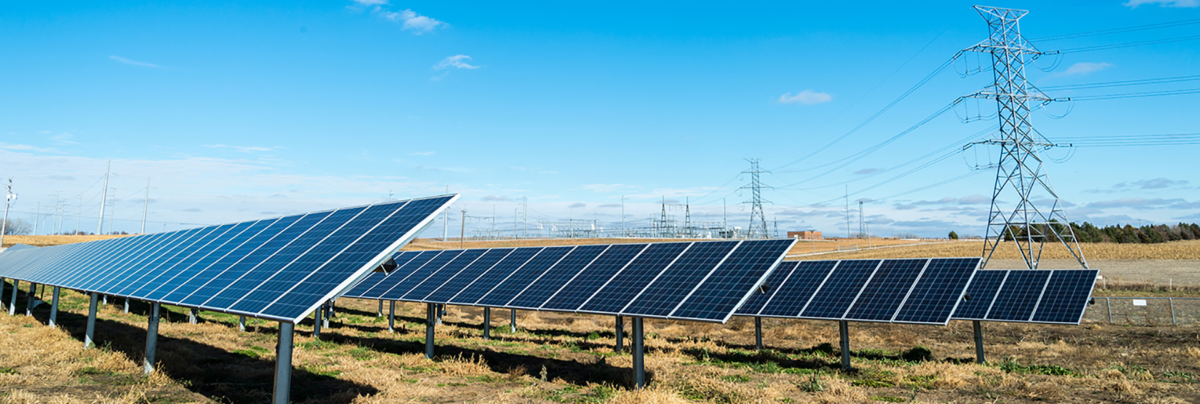The day in 2005, as the U.S. Congress passed the original Investment Tax Credit (ITC), many of us were on a conference call discussing the legislation. There was great anticipation as to whether it would pass and what it would mean over the long term to the industry.
When someone announced that the legislation had passed, the energy and excitement was palpable. After what seemed to be a few minutes of whooping and hollering in joy and excitement, everything went silent until someone said, “I wonder if we asked for the right things.”
Now 17 years later, after a similar yet more encompassing and dynamic piece of legislation passed, we cross an event horizon, a wick that lights the fireworks for the forth PV industry energy boom.
This time, it is not the ITC, it is the Inflation Reduction Act (IRA) of 2022!
After writing on energy, environmental and infrastructure topics for decades, just like in 2005, my thoughts and those on many of our colleagues’ minds are asking the same question, “What does this mean and how will it play out over the next 15 years or so”?
At Solar Power International 2022 (SPI) during RE+, I looked at tens of thousands of PV enthusiasts who all of a sudden are in the PV infrastructure business. When I asked colleagues the question, “What does infrastructure mean to you?”, almost without exception the initial response was a stunned look.
Maybe it is because once the excitement hits and has passed, it is time to process the thoughts and feelings, and ask a series of new questions. “What is PV and Energy Storage Infrastructure, what does it mean, and how will it impact all of us today and into the future?”
The expansive range of topics and discussions of PV as energy infrastructure are not new subjects or topics. However, today these technologies and their applications come to the market with a new set of urgencies and necessities. When looking back, how will we determine PV industry success or failure?
Hopefully, success will be measured in more effective PV plant lifecycle power quality and quantity, and just as critically, system reliability, availability, maintainability including testability and safety (RAMS). This translates into having an abundance of high quality energy at an effectively reasonable price to address the wants, needs, and interests of all stakeholders. If and when delivered, will it leverage economic development internationally, raise living standards, improve PV system health and condition, to offset hundreds of years on negative environmental impacts?
So, what does all of this mean and how might it roll out over the next decade or so?
Will we be entering a PV/energy storage as Energy Infrastructure Renaissance or will it be a variety of new energy market hype?
Before we get to that point in time, there are tough questions the industry must ask itself and its stakeholders. We can begin with some of the following as we lay out what we hope delivers a new energy era.
While PV and energy storage will not be the only critical set of energy technology challenges, it will be a key element. Moving forward, let’s begin the industry questions and discussions.
- What is PV and energy storage as energy infrastructure?
- What does it mean in our daily lives, careers, organizations, and economics?
- What are the risks of inaction, ineffective planning, plant delivery and doing business as usual?
- How may this renaissance impact the near and long term cost and availability of energy?
- Will that energy be available when we need it as we restructure and rebuild our energy industries and infrastructure?
- Why is failure not an option? Or, is it?
Through 2023, we will be investigating the possibilities as we stimulate the discussion and meaning of PV as energy infrastructure. We will do so through interviews, polling, and digging into technology today and its further applications.
In essence, the discussion must address a myriad of perspectives, wants, needs and realities, beginning with yours.
So, consider if you will what PV and Energy Storage as Energy Infrastructure is to you globally including your short and long term needs?
About the author:
John has invested over three decades of experience in the PV / Energy storage industry as an EPC, published author on Energy and the Environment, consultant, and systems Repowering™ and planning professional. He has worked with and for his own companies, national laboratories, electric utilities, non profits and a variety of clients.

John and his coauthor Russel Morris are completing his latest book titled, “Photovoltaic (PV ) System Delivery as Reliable Energy Infrastructure”, John Wiley & Sons Pub. He is an active participant in PV and Energy standards including IEC, IECRE, ASTM and is presently, “System Conformity Assessment & Resource Expert in the PV Sector of the US National Committee of the IECRE”.
The views and opinions expressed in this article are the author’s own, and do not necessarily reflect those held by pv magazine.
This content is protected by copyright and may not be reused. If you want to cooperate with us and would like to reuse some of our content, please contact: editors@pv-magazine.com.








By submitting this form you agree to pv magazine using your data for the purposes of publishing your comment.
Your personal data will only be disclosed or otherwise transmitted to third parties for the purposes of spam filtering or if this is necessary for technical maintenance of the website. Any other transfer to third parties will not take place unless this is justified on the basis of applicable data protection regulations or if pv magazine is legally obliged to do so.
You may revoke this consent at any time with effect for the future, in which case your personal data will be deleted immediately. Otherwise, your data will be deleted if pv magazine has processed your request or the purpose of data storage is fulfilled.
Further information on data privacy can be found in our Data Protection Policy.